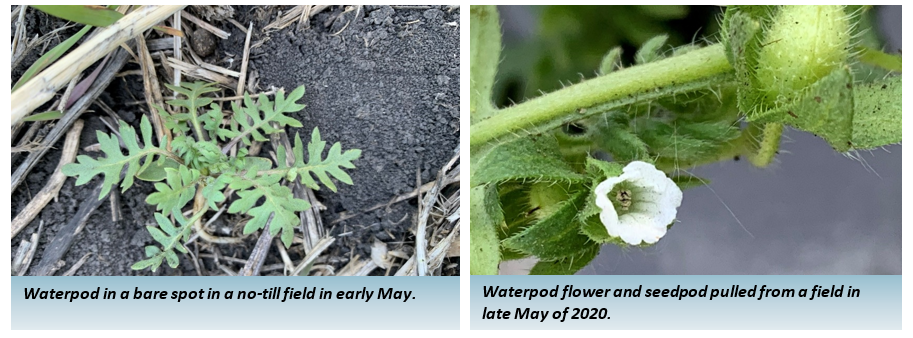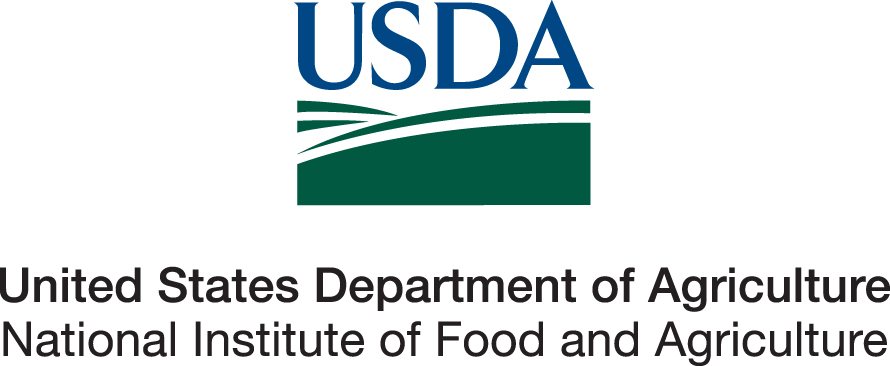Early Season Oddball Weeds (05/13/21)
Every spring we receive weed id samples of a few weeds that are easy to find across the landscape, yet do not pose much of a threat to crop production. Two weeds that fit this bill for 2021 are fairy candelabra (Androsace occidentalis) and waterpod (Ellisia nyctelea). Both weeds can be found in areas of fields without any ground cover, and they also flower early compared to many other plants in the landscape.
Fairy candelabra is often found at high densities in fields in April and May. However, this plant will stay relatively small and will die off as the temperatures warm up. Typical seedbed preparation in both conventional and no-till will control this plant. Even if no control measures are taken, fairy candelabra will not be competitive with crops since these plants are currently nearing the end of their life cycle. Fairy candelabra has highlighted as the Weed of the Week on April 20th: https://drive.google.com/file/d/19O2vyUn1IiukPRBQTIc6Yu96dLviU5zc/view.

Waterpod is another weed that is showing up across the landscape this year. Although the leaf structure may remind some of common ragweed or biennial wormwood, waterpod plants are much larger and more advanced than either of those two weeds at this stage in the growing season. Waterpod will be flowering and producing seed soon and will complete its life cycle as we near the summer solstice. Like fairy candelabra, typical seedbed preparation will control waterpod. For more information about this weed, please see this week’s Weed of the Week article: https://drive.google.com/file/d/1e4RebGG257-v5DarPrzFe6EOrwV8hore/view

Extension Weed Specialist


